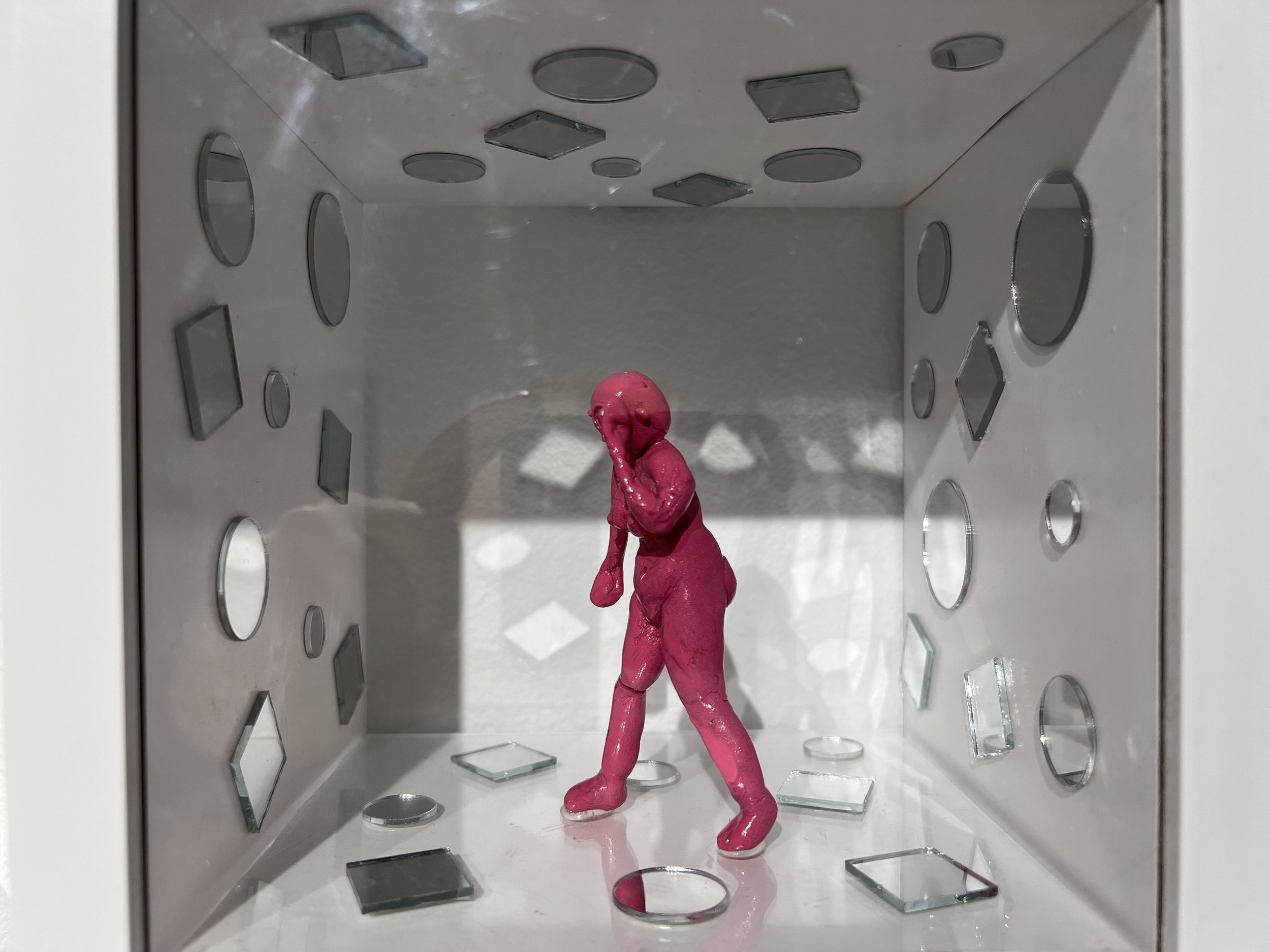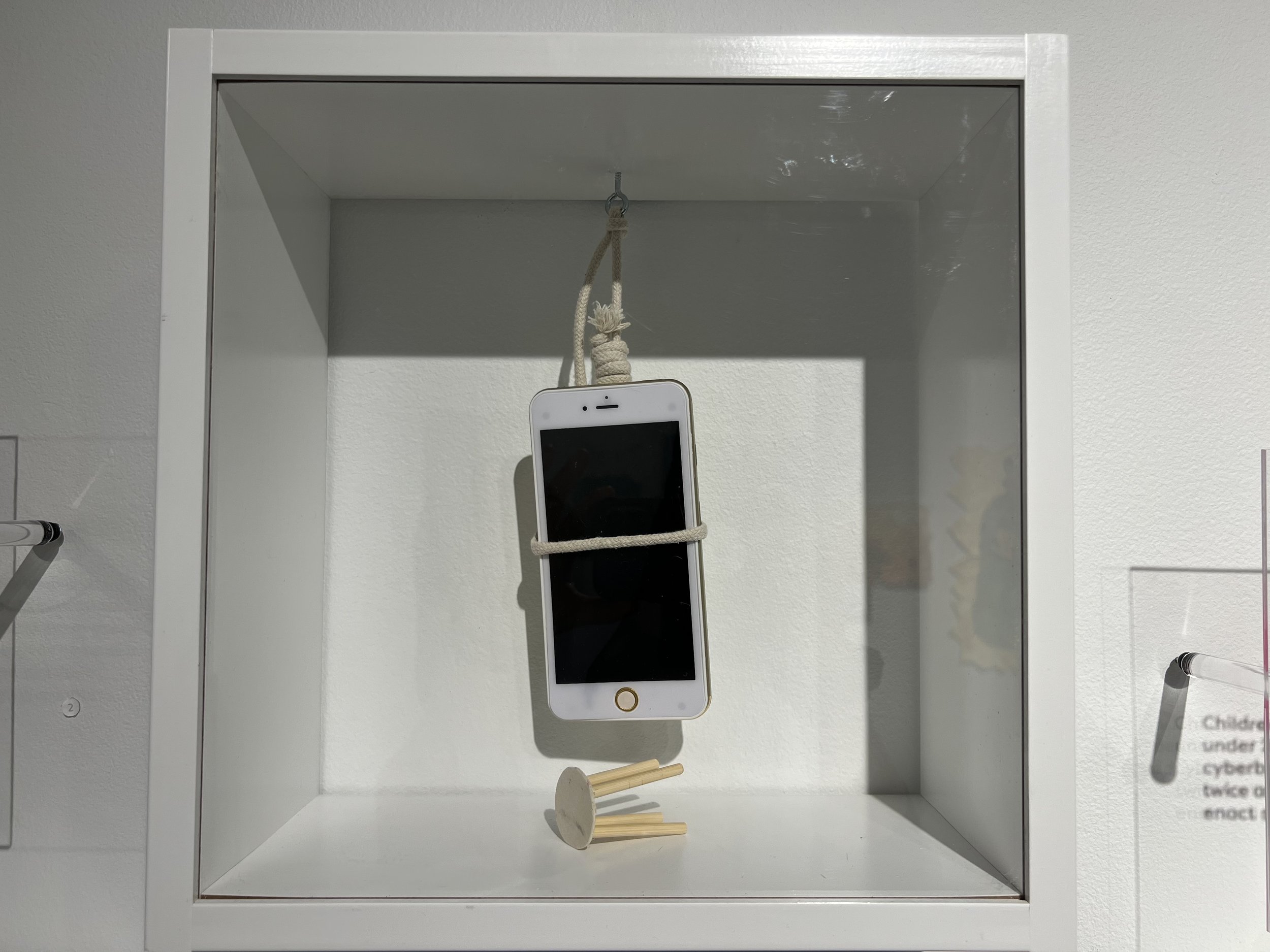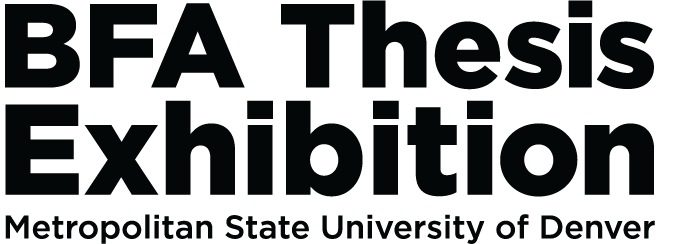Allie Fabrizio






Wide-Eyed
Young girls live in a time where images of idealized beauty are everywhere, photo retouching is used constantly, and social comparison dominates their lives. Media, whether through magazines, television, toys, or the internet, has continuously played a part in idealized standards and how adolescent girls view themselves. “70% of teen girls say they use social media “every day,” compared to 56% of boys.”[1]
Wide-Eyed demonstrates how social media has perpetuated poor self-image in adolescent girls and how they can learn to have positive self-worth. The term “wide-eyed"is defined as innocent, inexperienced, and impressionable. Social media allows users to present either a real or altered version of themselves making it hard to differentiate what’s true and what’s false. As stated in Body Image in the Primary School: a Self Esteem Approach to Building Body Confidence, “Children are more susceptible to media pressures because they lack the experience and emotional maturity to understand, filter or moderate the messages.”[2]
Wide-Eyed displays vignettes of different issues that arise through social media use. Wide-Eyed focuses on girls ten to seventeen years of age, defined as early to middle adolescence. This age group is going through significant developmental, social, emotional, and physical changes. Late adolescence and emerging adulthood are not to be neglected as these stages are when girls act on surgeries, continue to have eating disorders, and are at continued risk of suicide.[3] Thus, early and middle adolescence is significant because early intervention can teach coping mechanisms to improve self-confidence, self-worth, and self-image to succeed in later stages in life.
With the prevalence of social media, societal expectations of beauty have shifted and continue changing every day. The concept of an idealized beauty standard is nothing new, but it is more prevalent and a cause for concern due to the mass amounts of digital input we receive.When used properly social media can connect others and create a community outside our circle. By exposing the effects of social media on young girls, Wide Eyed reveals the detriments of improper social media use and how it leads to depression, isolation, eating disorders, cyberbullying, and body dysmorphia.[4],[5],[6]
[1] Rideout, Victoria, and Michael B Robb. “2019 Census 8 to 18 Full Report Updated -Common Sense Media.” Edited by Jenny Pritchett. Common Sense Media, 2019. https://www.commonsensemedia.org/sites/default/files/uploads/research/2019-census-8-to-18-full-report-updated.pdf.
[2, 3, 4] Hutchinson, Nicky, and Chris Calland. Body Image in the Primary School: A Self-Esteem Approach to Building Body Confidence. 2nd ed. London: Routledge, 2019, 7.https://www-taylorfrancis-com.aurarialibrary.idm.oclc.org/books/mono/10.4324/9780429198694/body-image-primary-school-nicky-hutchinson-chris-calland.
[5] Jiotsa, Barbara, Benjamin Naccache, Mélanie Duval, Bruno Rocher, and Marie Grall-Bronnec. “Social Media Use and Body Image Disorders: Association between Frequency of Comparing One's Own Physical Appearance to That of People Being Followed on Social Media and Body Dissatisfaction and Drive for Thinness.” International journal of environmentalresearch and public health. MDPI, March 11, 2021. https://www.ncbi.nlm.nih.gov/pmc/articles/PMC8001450/.
[6]
Block, Michael. “Identity versus Role Confusion.”Encyclopedia of Child Behavior and Development, 2011, 785–86. https://doi.org/10.1007/978-0-387-79061-9_1447.

Contact me
afabrizio613@gmail.com
(303) 717-0104
IG: Alliefab613
